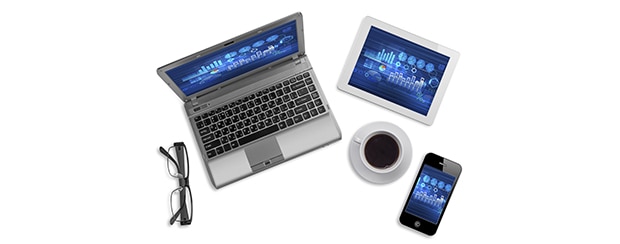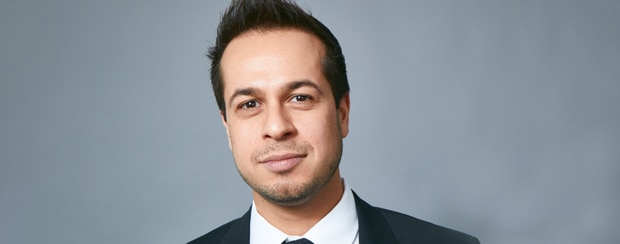
With so many messaging apps, email threads and video meetings, sometimes it’s easy to forget that a simple phone call still carries serious weight. For small businesses, a reliable small business phone system is more than a line of communication – it’s a lifeline. Whether you’re answering client inquiries, connecting with your team or closing deals, phone systems designed specifically for small business needs offer the clarity, control and connectivity that keep things running smoothly.















